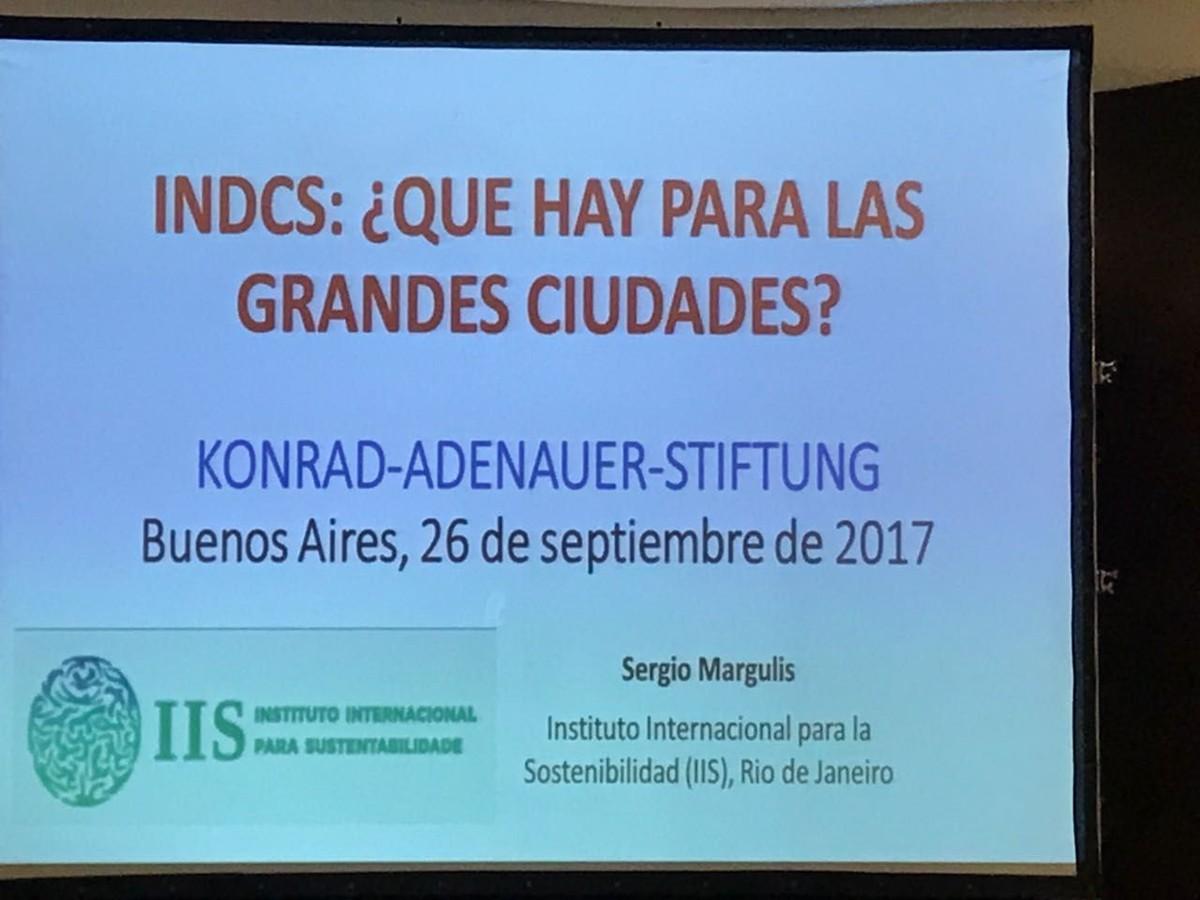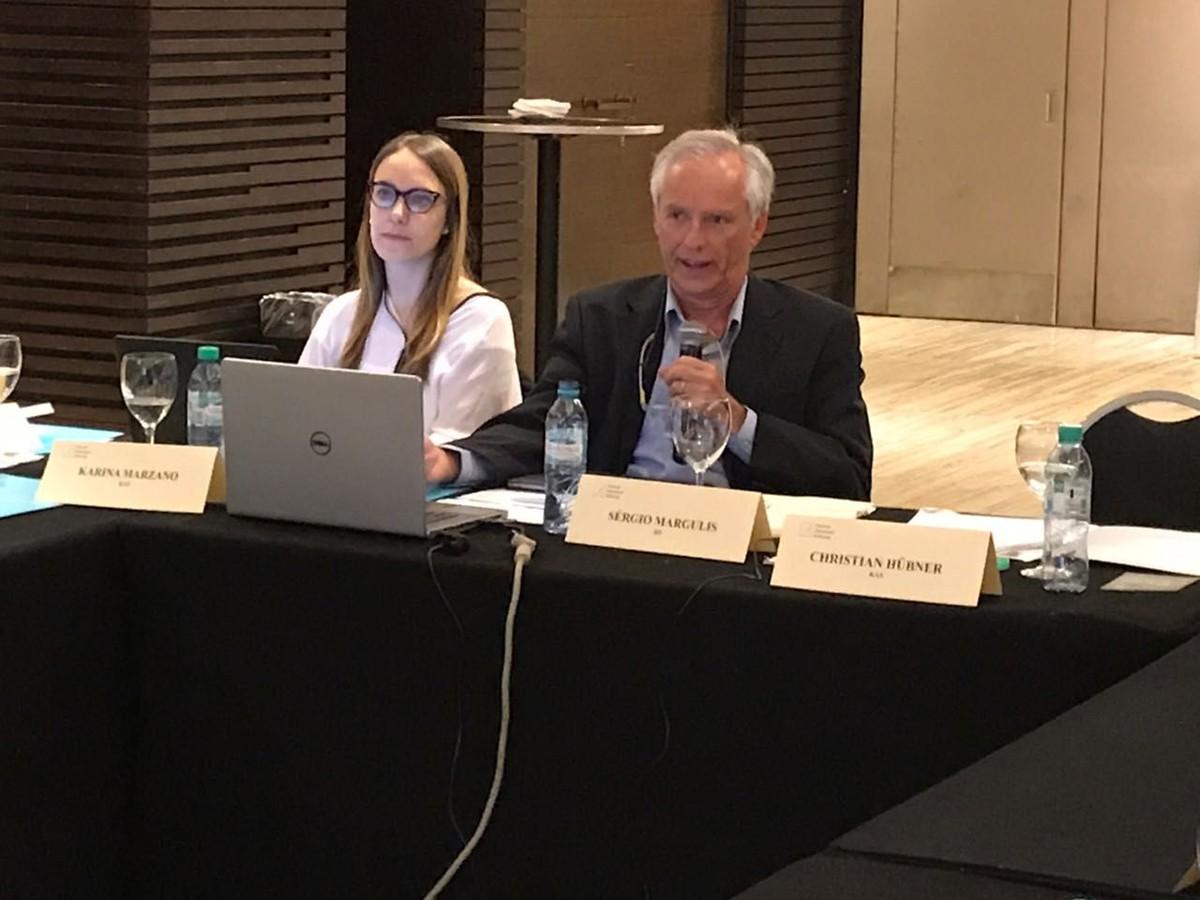Event reports
The main focus of the workshop is the political decision-making process in megacities and the harmonization of Nationally Determined Contributions (NDCs) with Urban Climate Plans. Objectives, data and indicators at national and local level should be coordinated.
It is important to compare the climate targets of cities and NDCs, because, first, cities account for 85% of greenhouse gas emissions. The urban population growth shows that this will represent 70% of the total population in 2050, with a high rate of energy consumption.
However, it is interesting to note that cities invest more in the preparation of mitigation plans than in adaptation. Reducing GHG emissions is a common global effort, but the direct impact on citizens is a key issue, especially for adaptation.
Some difficulties of comparison between cities and national government are due to the fact that the political mandates are different and the methodologies of inventory are also diverse. In addition, cities usually do not engage in land use and deforestation issues, and the national government does not decide on solid waste issues. The sectors with the greatest opportunity for comparison would be industry, transportation and energy, where there are shared responsibilities.
Sérgio Margulis (IIS) presented the case study of Buenos Aires. In Argentina live 40 million people, which represents 0.6% of the global population. In turn, the country accounts for 0.9% of GHG emissions. In 2016, Argentina presented its revised contribution to the United Nations Framework Convention on Climate Change, replacing the first version, with an updated target not to exceed the net emission of 483 MtCO2e in 2030.
The City of Buenos Aires has a population of 2.9 million and accounts for 20% of GDP. According to the Plan of Action of the City of Buenos Aires in the face of Climate Change 2020, in 2015, a reduction of 30% of emissions is planned with respect to the BAU (business as usual) scenario, which was elaborated taking into account 2008 as base year.
Cities, although large GHG emitters, are highly efficient because they operate in economies of scale. The City of Buenos Aires reduced its emissions by 25% in 2012 compared to 2008 data. There is, for example, significant mitigation potential in sectors such as energy, through the exchange of luminaires, use of renewables and thermal insulation in new buildings.
Sergio presented the case of Mexico and Mexico City as a good practice, where the sectorial goals at both levels of government show the responsibility of each sector and allows to implement measures where the costs are lower or even where there are negative costs.
In the course of the workshop, the invited experts discussed openly and dynamically the issues of how well coordinated climate action plans in cities are with NDCs and how institutions, governments, civil society and the private sector can help in the implementation of commitments.
The final workshop of this series will take place in October in Rio de Janeiro.







